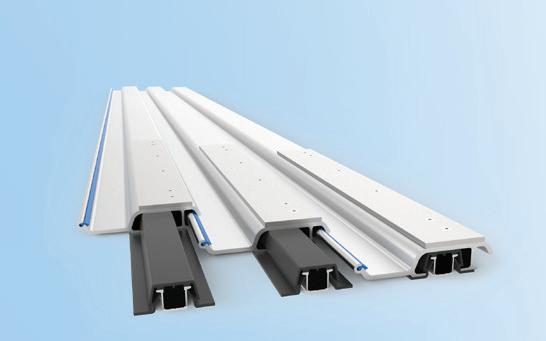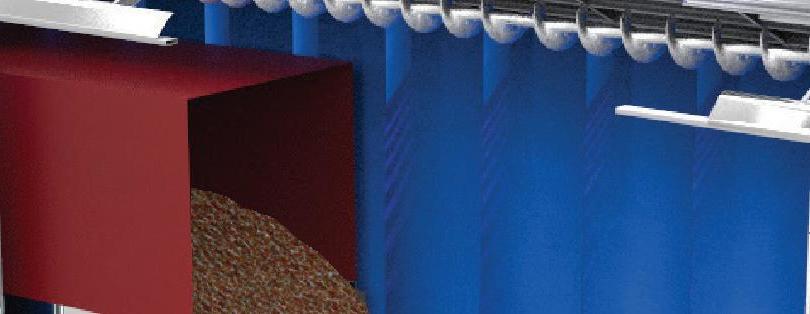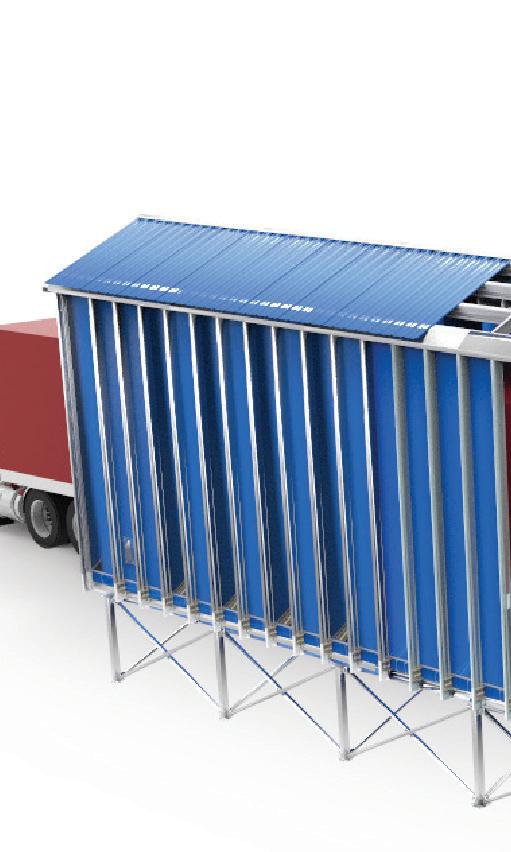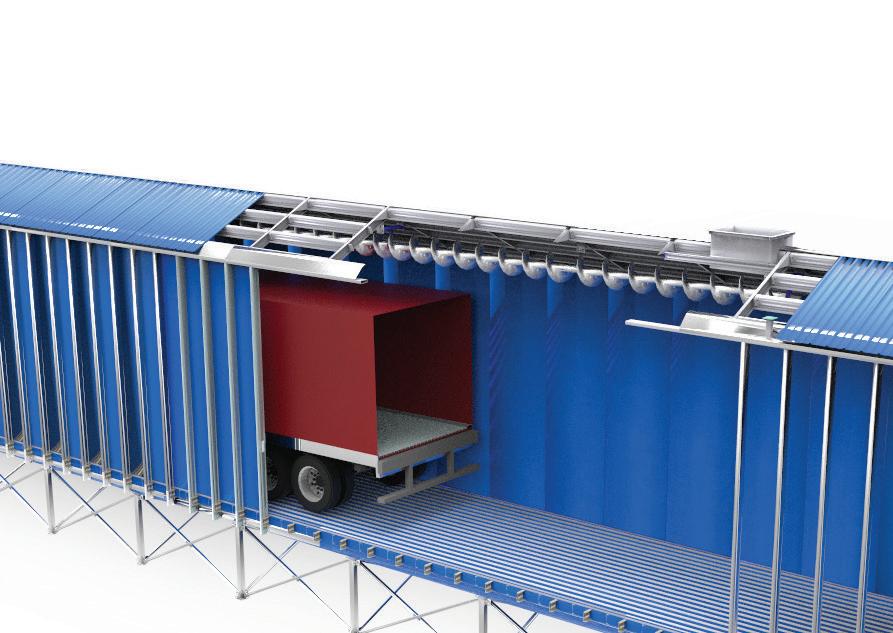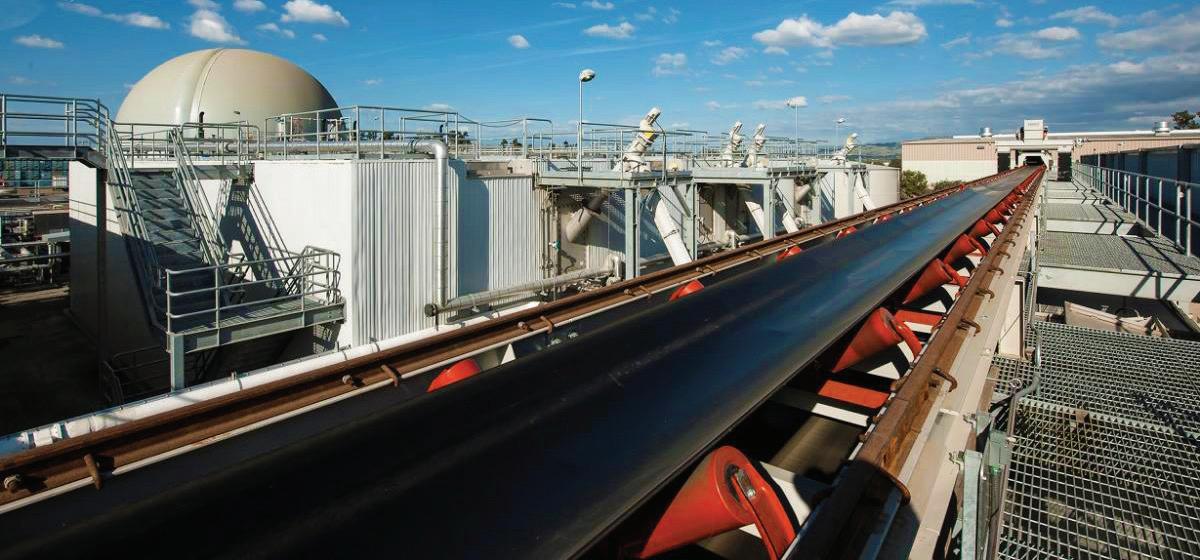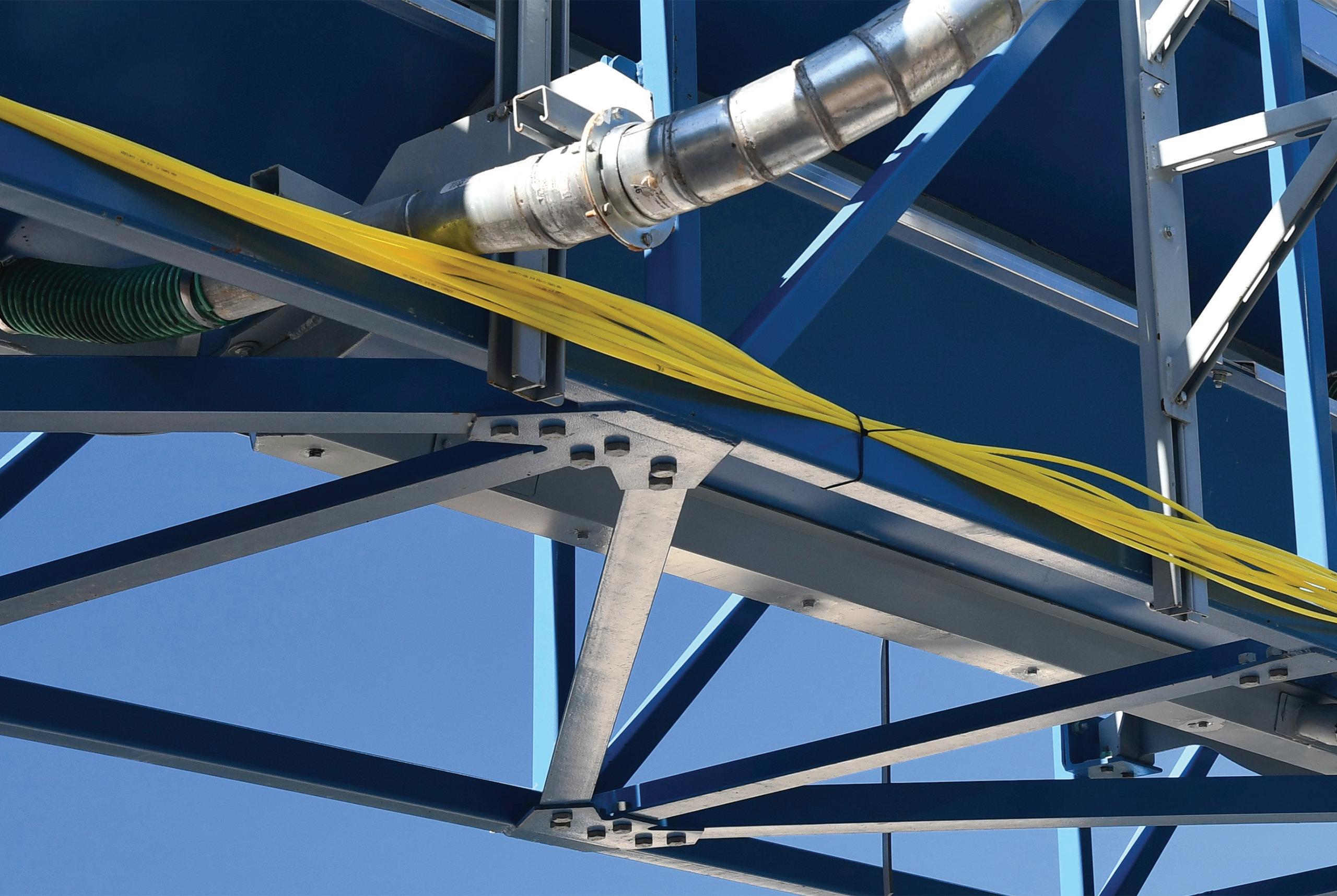
3 minute read
FIBER
Responding to prices, lumber manufacturers increased production, generating more residual volumes into fiber markets as variance across end products in pulp and paper continued to separate winners from losers. Printing and writing papers remained unattractive, still “eclipsed by newsprint for an uglier market,” according to Forisk Wood Fiber Review Editor Tim Gammell. U.S. paper production in July and August was down over 13% year-over-year, while paperboard production declined 2.0%.
This imbalance put downward pressure on pulp fiber prices in the U.S. South Central region. Delivered softwood roundwood and residual chips both declined 2% in Q3 2020, representing a seven-year low for roundwood and a 10-year low for residual chips (Figure 2). Hardwood also declined with roundwood falling 3% and residual chips down 1%.
Following outages and mill upgrade projects, the eastern portion of the south central region was moving toward more supply/demand balance for pulp fiber. IP’s Rome, Georgia, plant was operating again, and its mill in Selma, Alabama, was partially operating. Further west in the region, however, Hurricane Laura disrupted mill operations. In anticipation of the hurricane, mills in the projected path―WestRock Evadale and IP Orange amongst others―shut down. Though most mills returned to operations, the storm added volatility to the markets. Also, south central market dynamics included Domtar’s announced plans to close the Kingsport, Tennessee, mill and convert it to recycled linerboard in three years. The company also announced the closure of its communication papers machine in Ashdown, Arkansas, and will convert it to fluff pulp production. Resolute FP strives to reopen the sawmill in El Dorado, Arkansas, later this year.
Although other sectors struggled, capital investments in U.S. export-oriented wood pellet capacity continued to increase, with most growth in the south central region. Pinnacle is constructing a 360,000-metric-ton (MT) facility in Demopolis, Alabama. The project―a joint venture between Pinnacle, Westervelt, and Two Rivers Lumber―is scheduled to begin operations in Q2 2021. Enviva continues to advance on its announced “Pascagoula Cluster.” The company plans to build three 700,000 MT pellet plants in the Gulf Coast, one of which—Enviva Lucedale—is under construction and expected online by the end of 2021. Drax is expanding its Morehouse, Amite, and LaSalle facilities by a combined 350,000 MT, and Huntsville Pellets began operations at its 40,000-MT mill in Huntsville, Texas.
While the Forisk Wood Fiber Review tracks fiber prices over time and provides a snapshot from the first half of each quarter, it also captures imbalances across regions. U.S. south central pulp fiber prices declined in Q3 2020 as fiber supply
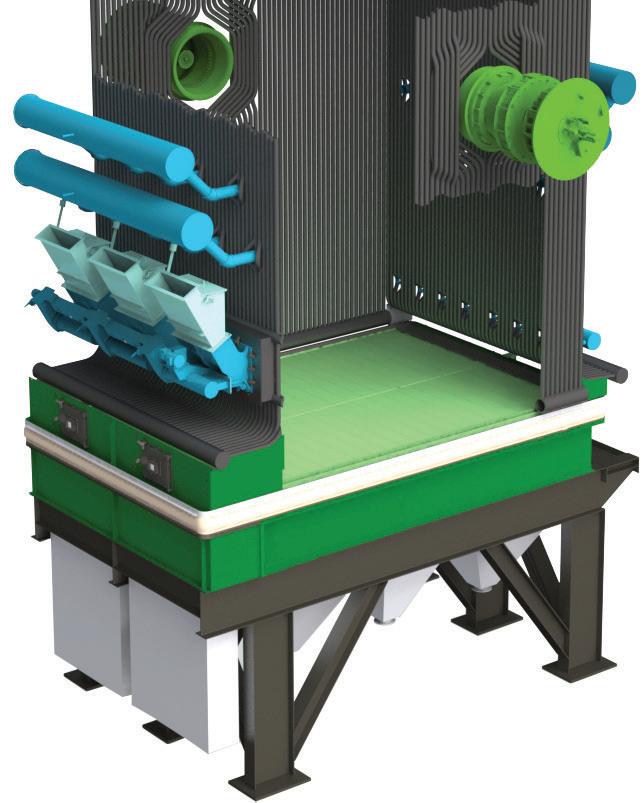
Figure 2. Wood Fiber Prices in U.S. South Central Region
n Deliv ered Fiber Prices, US$/ freen to
$45 $40 $35 $30 $25 $20 $15 $10 $5 $0 1Q/16 3Q 1Q/17 3Q 1Q/18 3Q 1Q/19 3Q 1Q/20 3Q
outstripped demand. Sawmill manufacturing increased while pulp markets and production were spotty and relatively weaker. Capital continued to flow into the region’s industrial wood pellet sector, however, with over 1.45 million MT of announced new


capacity and resulting demand. Caution abounds with respect to lumber markets. Therefore, short-term planning horizons persists for many managers and executives. The above is an excerpt from the upcoming Forisk Wood Fiber Review, a quarterly publica-

tion tracking North America’s major wood fiber markets.
Author: Andrew Copley Forisk Consulting LLC 770-725-8477 acopley@forisk.com



